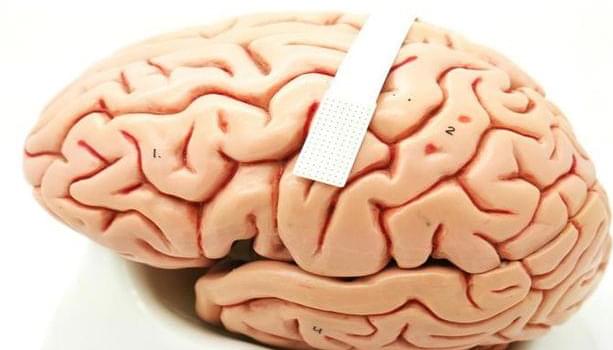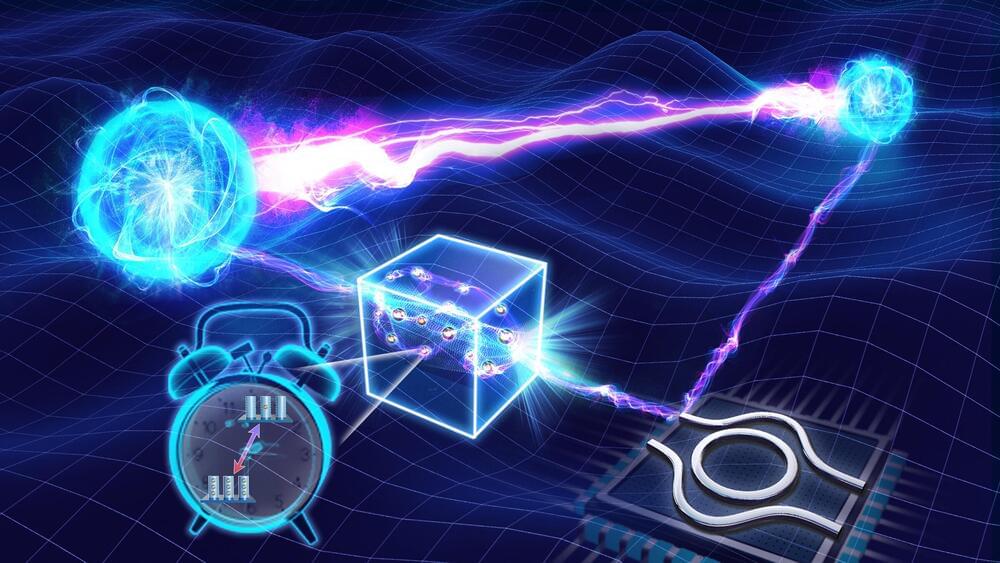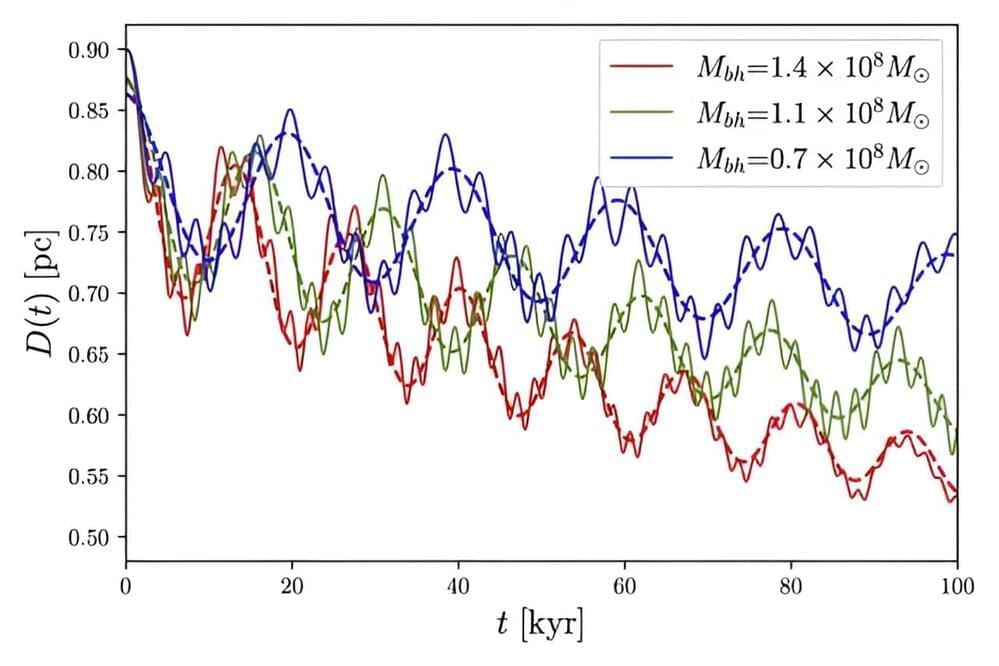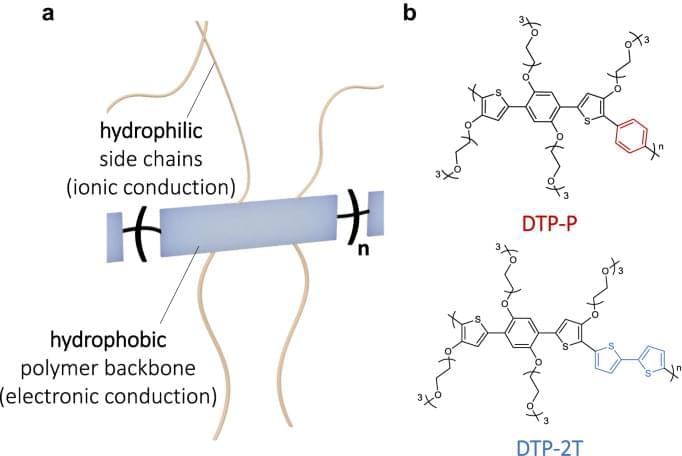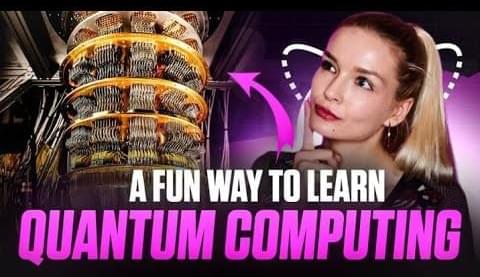Nov 30, 2023
Nvidia CEO says he wakes up every morning worried his company might fail
Posted by Kelvin Dafiaghor in categories: business, computing
“I think when you build a company from the ground up, and you’ve experienced real adversity, and you really experienced nearly going out of business several times, that feeling stays with you,” Huang said.
The fear of his chip empire tanking, Huang admitted, is a feeling he grapples with every morning when he wakes up.
“I don’t wake up proud and confident. I wake up worried and concerned,” Huang said as the audience laughed politely in response. “It just depends on which side of the bed you get out on.”

